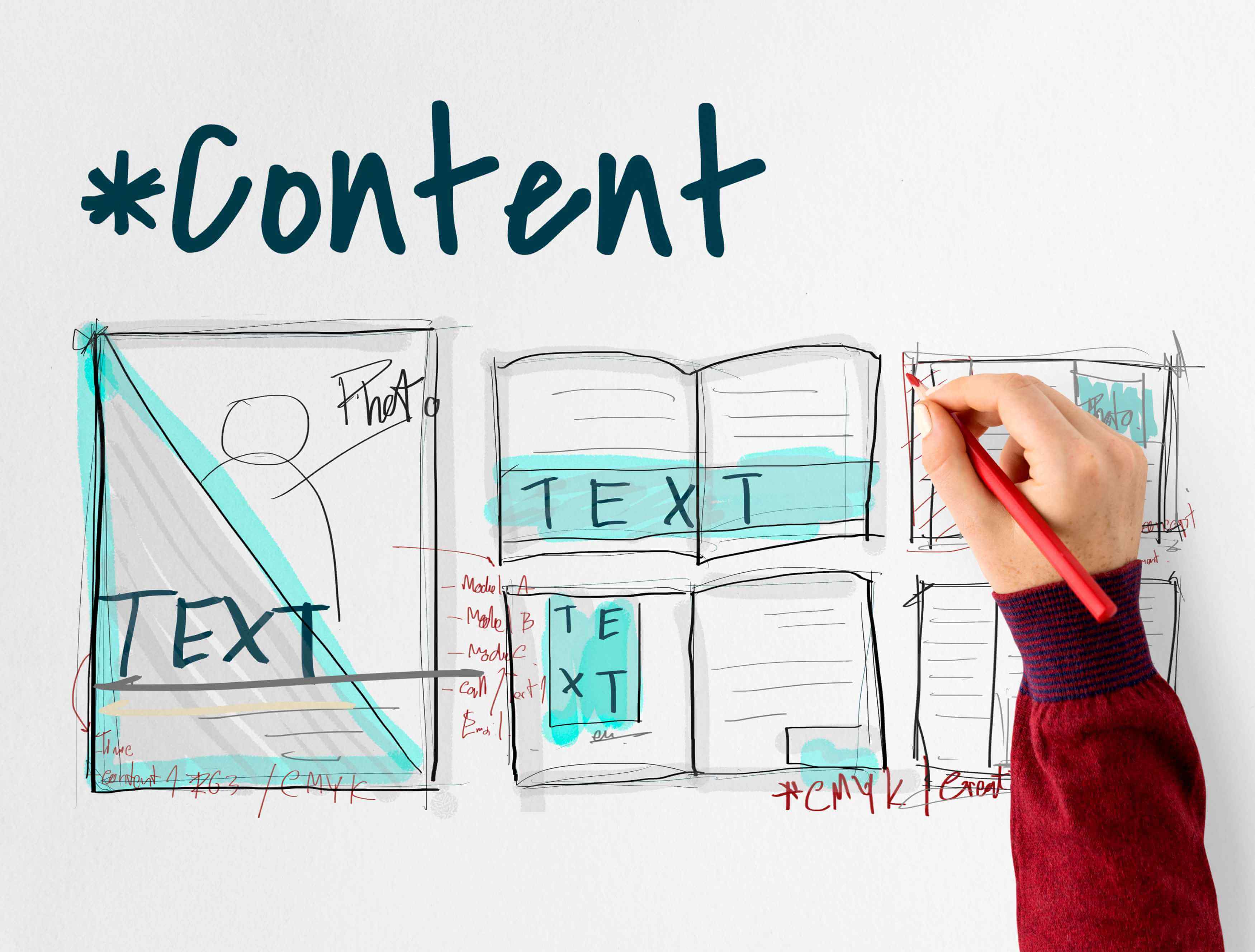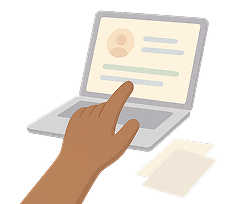As the digital economy continues to accelerate in speed, software-as-a-service or SaaS for short, remains dominant as a business model for founders looking to build scalable, profitable, and location-independent startups.
As a result of advances in cloud computing, artificial intelligence, and no-code tools, starting a SaaS business is more accessible than it ever has been before.
Whether you are a solo founder or part of a startup team, knowing the reason why SaaS can be an ideal model can help you find success in the long term.
Why SaaS Is Still the Best Startup Model in 2025
While trends for startups can be fleeting, SaaS has remained one of the most solid choices for aspiring entrepreneurs. Beyond just profitability, in 2025, the Saas model continues to stand out for its low startup costs, scalable infrastructure, and ability to serve global customers.
Now let’s take a closer look at some of the reasons why SaaS can be the best startup model.
Low Barrier to Entry
In order to build a SaaS product, business owners do not need a large team of engineers or venture capital. Due to no-code platforms and tools driven by AI, individuals and small teams can prototype and launch software solutions within weeks.
Key enablers include:
-
No-code platforms like Bubble, Glide, and Softr
-
Low-code dev tools for rapid iteration
-
Cloud hosting services (e.g., AWS, Vercel, Render)
Recurring Revenue Model
Unlike more traditional business models, SaaS can thrive on predictable monthly or annual subscription revenue, creating cash flow stability in the long term.
Benefits of Recurring Revenue:
-
Predictable cash flow
-
Higher lifetime customer value
-
Easier forecasting and planning
This recurring revenue model not only boosts financial stability but also allows SaaS businesses to make smarter growth decisions. Compared to one-time sales, subscriptions offer clear advantages across key metrics.
|
Metric |
One-time Sale |
SaaS Subscription |
|
Revenue predictability |
Low |
High |
|
CAC recovery time |
Slow |
Fast (with retention) |
|
Scaling difficulty |
High |
Moderate to Low |
Global Scalability
SaaS products are inherently global. As long as users have an internet connection, they can use your product regardless of location.
Global scalability matters because:
-
Access to a larger customer base
-
Diversified revenue streams
-
Opportunities in under-served regions
Cost-Efficient Distribution
As one of the features of the SaaS model, digital distribution eliminates the need for physical inventory or retail partnerships. Your product is available 24/7 via your website or app store.
Cost advantages include:
-
Minimal overhead
-
Automated onboarding and support
-
Lower marketing spend with inbound SEO and content marketing
Many SaaS startups serving web development agencies, digital marketing consultants, and e-commerce entrepreneurs leverage inbound marketing and SEO to acquire customers without heavy ad spend.
20 Best SaaS Ideas for 2025
In 2025, successful SaaS startups are able to solve hyper-specific problems for defined groups of users. Now let’s take a look at 20 high-potential ideas that align with emerging needs and evolving trends in the technology sector.
1. AI Resume Builder

A well-developed and intelligent resume builder that uses AI to generate tailored resumes based on job descriptions is always needed for both new graduates and individuals who are looking to advance in their careers.
An AI resume builder should include:
-
AI-powered job-matching
-
Keyword optimization for ATS
-
Export in multiple formats
2. Virtual Personal Trainer

A virtual personal trainer is a SaaS platform that can offer personalized workout plans with AI-powered progress tracking and video feedback.
Some key differentiators that can help you stand out from the competition are:
-
Integrations with fitness wearables
-
Adaptive plans based on user performance
-
AI-generated form correction
3. Freelance CRM

A CRM, or customer relationship management, tailored specifically for freelancers can help them manage clients, projects, and invoicing in one place.
A CRM for freelancers should include:
-
Contact and lead tracking
-
Proposal generation tools
-
Automated invoicing and reminders
4. Appointment Scheduling Platform

A scheduling SaaS that simplifies booking, rescheduling, and reminders can be especially useful for small businesses that rely on client appointments to operate smoothly.
Ideal features to include:
-
Calendar syncing and smart reminders
-
Custom booking links
-
Buffer time and cancellation policies
5. Social Media Post Generator

A social media post generator can help users create engaging and on-brand content for platforms like Instagram, LinkedIn, and X.
Features that need to be included are:
-
AI-generated post suggestions
-
Platform-specific formatting
-
Content calendar integration
6. Feedback Collection Tool

A simple SaaS widget that lets businesses collect in-app or web-based user feedback quickly and effectively can be ideal for product teams that want real-time insights without overwhelming the user experience.
Important features might include:
-
In-app surveys and polls
-
NPS and sentiment tracking
-
Feedback tagging and reporting
7. Online Course Builder

As a tool designed for educators and coaches to create and sell online courses with minimal technical knowledge, online course builders can combine content delivery with student engagement features and revenue options.
A good course builder includes:
-
Video hosting and quizzes
-
Certification and progress tracking
-
Payment integration, such as Stripe
8. Local Event Management SaaS

A niche-focused platform that helps small-scale community organizers plan, promote, and manage local events is great for schools, meetups, or city events that don’t need enterprise-level tools.
Key offerings should include:
-
Ticketing and RSVPs
-
Promotion tools for local audiences
-
Real-time updates and alerts
9. Micro-Influencer Marketplace

As a B2B SaaS, micro-influencer marketplaces can connect niche influencers with brands looking for authentic partnerships.
Revenue models for a micro-influencer marketplace can include:
-
Monthly subscriptions for brands
-
Commissions on successful deals
10. Cloud Budget Planner

A collaborative budgeting tool can help individuals or small teams manage shared expenses, set goals, and stay on top of their financial health.
Essential features may include:
-
Real-time multi-device syncing
-
Expense categorization
-
Bill and goal reminders
11. Digital Asset Organizer for Designers

Another great idea can be a SaaS tool that allows designers and creative teams to store, organize, and quickly access design elements such as fonts, logos, icons, and mockups in the cloud.
This tool can be especially useful for web development and mobile app design teams looking to manage creative assets efficiently.
Helpful tools to build in:
-
Tagging and smart folders
-
Version control
-
Team sharing and permissions
12. UX Testing Feedback Tool

A remote UX testing platform that captures how real users interact with your product by recording their screen and audio as they navigate can be ideal for product teams that aim to enhance usability.
This kind of platform can benefit from:
-
Easy session setup for testers
-
Time-stamped notes and heatmaps
-
Direct video feedback from users
13. Podcast Monetization Platform

A platform dedicated to helping podcasters turn content into revenue streams through ads, subscriptions, and sponsorship is great for creators looking to grow sustainably.
Core components may include:
-
Listener analytics and demographics
-
Ad slot management
-
Built-in CRM for sponsors
14. Real Estate Document Automation

Real estate document automation is a time-saving SaaS for real estate agents and brokers that automates contracts, lease agreements, and offers with legally compliant templates and eSign features.
It should focus on:
-
Auto-filled templates
-
eSignature support
-
Compliance logs and audit trails
15. Plant Care Tracking App

You can also develop a lifestyle-focused SaaS for plant lovers that sends reminders to water, fertilize, or rotate their houseplants, making plant care fun and easy to maintain.
To stand out, it could offer:
-
Custom care schedules
-
Growth tracking and photos
-
Achievement badges and tips
16. Mental Health Session Booking SaaS

A HIPAA-compliant tool that allows therapists and coaches to handle bookings, notes, and video sessions securely can help streamline their workflow and maintain confidentiality.
Features that need to be included are:
-
Secure chat and messaging
-
Confidential session notes
-
Customizable availability
17. API Mock Server Generator

A developer-centric SaaS tool can enable teams to create mock API endpoints to test frontend functionality without waiting for backend readiness.
API mock server generator needs to support:
-
Quick endpoint setup
-
JSON response templates
-
CI/CD integration for test environments
18. Legal Contract Builder

As a simple but powerful tool, a legal contract builder can help startups and freelancers generate and manage legally sound documents like NDAs or service agreements.
Features that need to be included are:
-
Customizable templates
-
Clause suggestions based on context
-
Secure eSign and document storage
19. IoT Device Management Platform

An IoT management platform can enable oT manufacturers to manage connected devices remotely, push firmware updates, and monitor system performance across their fleet.
Ideally, it should include:
-
Real-time monitoring dashboards
-
Security alert systems
-
Device grouping and remote controls
20. Remote Developer Onboarding Platform

A remote developer onboarding platform for startups can help them to streamline the onboarding of new engineers with guided documentation, pre-configured environments, and structured learning paths.
Best onboarding tools include:
-
Role-specific training modules
-
Setup automation scripts
-
Team documentation access
Tips to Validate and Launch Your SaaS Idea
Individuals and teams do not need to spend several months building a full product before validating their SaaS idea. Instead, business owners can use lean methods to test interest and collect early feedback.
Pre-Sell With Landing Pages
You can create a landing page explaining your product’s value proposition. Add an email capture form and see if users sign up.
You can use tools such as:
Run Ads to Test Click Interest
You can drive targeted traffic to your landing page using low-cost ad platforms and track conversion metrics.
Platforms that can be utilized are:
Build an MVP Using No-Code Tools
You can use tools such as Bubble or Glide to create an MVP that solves the core problem to skip unnecessary features.
Some no-code MVP stack examples are:
-
App: Bubble
-
Database: Airtable
-
Payment: Stripe
-
Email: MailerLite
Start With Micro SaaS to Minimize Risk
Micro SaaS means niche software solving a small problem very well, which is ideal for solo founders or bootstrappers.
Examples of Micro SaaS include:
-
Invoice generator for consultants
-
Social proof widget for Shopify stores
-
Lead magnet creator for bloggers
Frequently Asked Questions

What are the most profitable SaaS niches in 2025?
In 2025, the most profitable SaaS niches include AI-powered productivity tools, legal and compliance automation, healthcare and wellness software and specialized marketing platforms. These niches offer solutions to high-pain problems, making them valuable and in demand.
Can I start a SaaS business without coding?
Yes, you can launch a SaaS product without any coding skills. Platforms like Bubble, Softr, and Adalo let you build apps with drag-and-drop tools, making it possible to validate and run a SaaS business entirely without writing code.
What’s the difference between SaaS and Micro SaaS?
SaaS typically targets a wide audience and includes multiple features, while Micro SaaS focuses on solving one specific problem for a niche group. Micro SaaS is usually faster to launch and can be run by a solo founder or a small team.
How do I validate if my SaaS idea will work?
You can validate your idea by talking to potential users, creating a simple landing page, running test ads, and building a no-code MVP. The key is to gather feedback quickly and adjust based on real interest before fully developing the product.
What are the startup costs of launching a SaaS?
Starting a SaaS can cost as little as $200 to $500 per month if you use no-code tools. This budget typically covers domain and hosting, app-building platforms, email marketing tools, and some initial ad spend to test demand.















